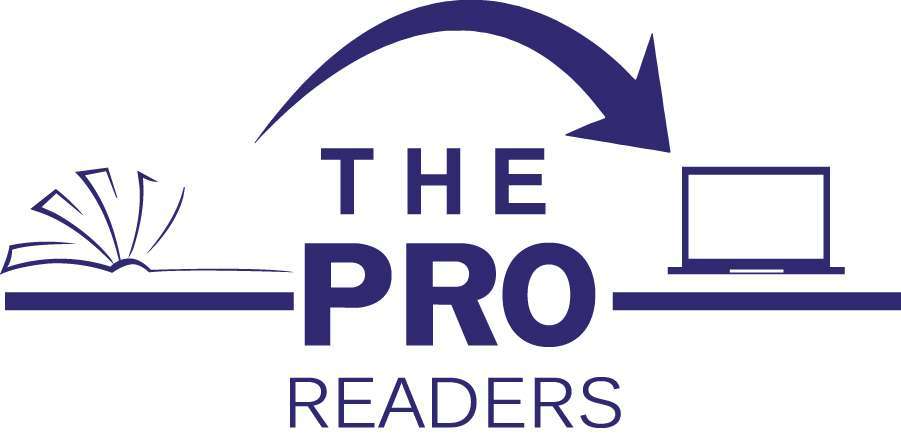Payback Period

Introduction:
The Payback Period defines the length of time before which the amount invested in the project shall be recovered / received. It is measured in period / time. It is based on cash flows and not on profit.
Decision Rule:
If expected payback period from the project is within the period determined by the company, the project is accepted and vice versa.
For more than one projects, the quickest payback period achieving project is selected.
Time value of money is ignored in payback period and total return on the investment is also not considered.
Payback Period with even and uneven annual cash flow
Example: Even annual cash flow (constant cashflow)
A company is considering a project with initial investment of Rs.200,000. The net cash inflow for next 10 years shall be Rs.18,000.
Payback period = Initial investment / annual cash flows 200,000 / 18,000 = 11.11 years (0.11 x 12 = 1.32 months) or (0.11 x 365 = 40 days)
Example: Uneven annual cash flow
A company requires all its project payback within 3 years. It is considering a new project with initial investment of Rs.200,000 on equipment and working capital of Rs.50,000. The project is expected to earn return of below net cash receipts:
|
Year |
Cash flow |
Cumulative Cash flow |
|
0 |
(250,000) |
(250,000) |
|
1 |
90,000 |
(160,000) |
|
2 |
95,000 |
(65,000) |
|
3 |
92,000 |
27,000 |
|
4 |
106,000 * |
133,000 |
Answer:
At year 0 there is investment of Rs.250,000 (investment plus working capital Rs.200,000+Rs.50,000)
| Year | Cash flow | Cumulative Cash flow |
| 0 | (250,000) | (250,000) |
| 1 | 90,000 | (160,000) |
| 2 | 95,000 | (65,000) |
| 3 | 92,000 | 27,000 |
| 4 | 106,000 * | 133,000 |
* Cash flow of Rs.56,000 plus working capital of Rs.50,000 (56,000+50,000 = 106,000)
Assumptions:
- If it is assumed that all cash flows are received at the end of the year then payback period is 3 years.
- If it is assumed that cash flows are received evenly during the life of the project then payback period is
2 years ( 65,000 / 92,000) year = 2.70 years (0.706 x 12 = 8 months) hence, 2 years and 8 months.
Explanation:
At the beginning of year 2 cumulative cash flow is Rs.(65,000). Now, Rs.92,000 received during the year 3. The cumulative cash flow starts becoming positive with assumption of even cash flow throughout the year shall be (65,000 / 92,000 = 0.706 year).
Conversion of years into months:
0.706 years can be converted into months by multiplying by 12 months (0.706 x 12 = 8 months).
Conversion of years into days:
0.706 years can be converted into days by multiply by 365 days of the year (0.706 x 365 = 257 days)
Advantages:
- Easy to understand and easy to calculate.
- Based on cash flows of the project and not accounting profit.
Disadvantages:
- Difficult to set minimum the period due to its subjectivity.
- It may cause selection of a project with earliest payback then highest NPV of any other project.
- Ignores all cash flows which occurs after the payback , hence, overall cash flow of the project is ignored.
Audience:
The article is for students to learn basic the concept and for professionals so that they can revise the topic for usage in practical life.
Advance topics on pay back period:





No Comments